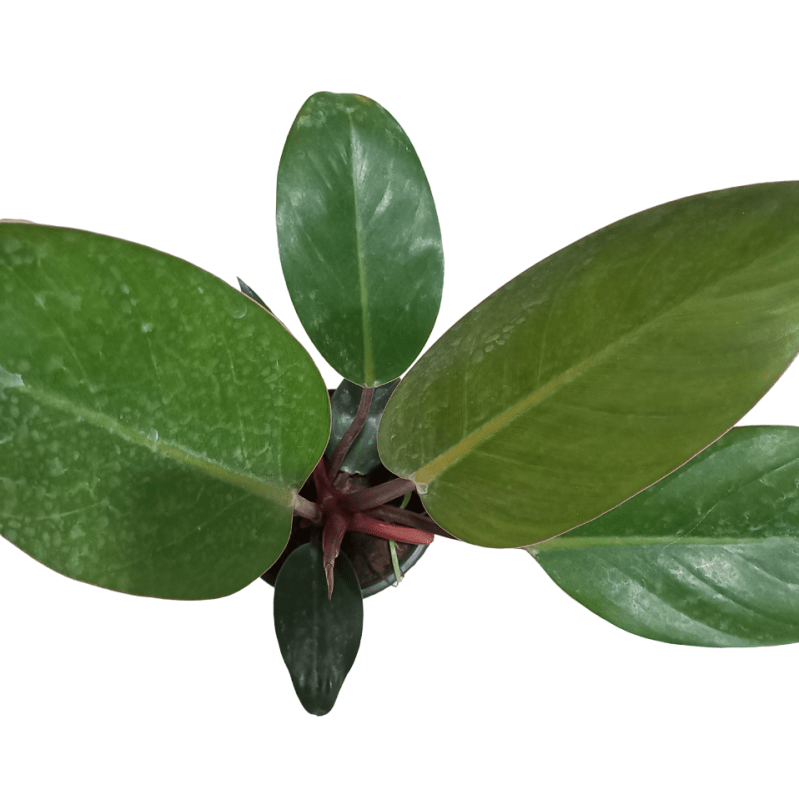Philodendron Plants
How to Care for Your Philodendron Plant
Intro
If you’ve recently purchased a Philodendron plant, you’re probably wondering how to best care for it. Philodendron plants are relatively easy to care for, but understanding the growing conditions and proper care techniques is key to keeping your Philodendron healthy and thriving. In this blog post, we’ll take a look at Philodendron plant care and the best growing conditions for these popular houseplants.
The Basics of Philodendron Plants
Philodendron plants are a popular houseplant choice, thanks to their easy to care for nature and low maintenance requirements. Native to tropical regions of South America, philodendrons come in a variety of shapes and sizes from vining varieties to bushy types with large leaves. Philodendrons prefer bright indirect light, but can tolerate some shade, making them a great choice for homes with minimal light. The leaves of the philodendron can range in color from deep green to yellow and even variegated depending on the variety. In addition to providing an attractive presence in your home, philodendron plants are known to help purify air quality.
When it comes to watering, philodendrons like to stay evenly moist but not saturated. Depending on your environment, you may need to water more frequently during warmer months, or less often during cooler months. It’s best to water when the soil is dry down about one inch. It is also important to remember that these plants like humidity so misting can be beneficial if the air is too dry.
Fertilizing is optional for philodendrons as they are slow-growing plants, but can be beneficial in promoting growth and health. If you decide to fertilize, look for a water-soluble fertilizer with balanced nitrogen and phosphorus. You should fertilize every couple of months at half strength.
Philodendrons are relatively pest free and disease resistant plants, however you may notice some insect infestations such as mealybugs, aphids, spider mites and scale. To get rid of these pests you can try a homemade remedy such as a mixture of dish soap and water or an insecticidal soap spray. If disease does occur, it is usually a result of overwatering so make sure to monitor your soil and water accordingly.
Where to Place Your Philodendron Plant
Philodendrons are great houseplants because they are easy to care for and require little maintenance. When it comes to where you should place your Philodendron, it’s important to take into account the natural environment in which these plants thrive.
Philodendrons prefer bright, indirect light, such as what you would find near a window with a sheer curtain. Avoid placing them in direct sunlight, as this can cause the leaves to burn. Make sure the room temperature stays between 65-80 degrees Fahrenheit, as temperatures outside of this range can cause damage to the plant.
When considering the best placement for your Philodendron, it is important to keep in mind that these plants need a lot of humidity. You can provide extra humidity for your plant by misting it regularly or by setting it on a tray of wet pebbles.
Overall, as long as your Philodendron is given the proper environment and care, it will flourish in its new home!
Watering Your Philodendron Plant
Philodendrons are considered to be easy to care for and low maintenance plants. However, it’s important to make sure your philodendron is getting the right amount of water for optimal health. Philodendrons need to be watered deeply, but not too often. Allow the soil to become somewhat dry before watering. Water your philodendron until the water drains out of the bottom of the pot, then empty any excess water from the saucer. Avoid overwatering as this can lead to root rot and other problems. If you are unsure about how often to water your philodendron, use your finger or a soil moisture meter to check the soil’s moisture level. This will help you determine when it is time to water again.
Fertilizing Your Philodendron Plant
Philodendron plants are easy to care for and low maintenance, but they do need fertilizing. The most important thing to remember when fertilizing your philodendron is to use a balanced fertilizer with equal parts of nitrogen, phosphorus and potassium. You can either purchase a liquid or granular fertilizer specifically designed for houseplants or a balanced general-purpose fertilizer.
If using a liquid fertilizer, apply it once a month during the growing season. It should be diluted according to the directions on the label. Granular fertilizers should be applied every two to three months during the growing season, at half the recommended strength. Always water after fertilizing to help the nutrients absorb into the soil.
It’s best to stop fertilizing your philodendron plant in the late fall and winter months. This is when the plant is dormant and not actively growing, so fertilizing isn’t necessary. Make sure to follow these tips for fertilizing your philodendron plant to keep it healthy and looking its best!
Common Pests and Diseases
Fortunately, philodendron plants are relatively low maintenance and easy to care for, but they can be affected by common pests and diseases. Aphids, mealybugs, and spider mites are some of the most common pests that affect philodendrons. If you find any of these insects on your plant, use a damp cloth to gently remove them and monitor the plant closely.
For diseases, watch out for root rot, which is caused by over-watering or poor drainage. Other common diseases that can affect philodendrons include blight and leaf spot. To help prevent the spread of disease, make sure you sterilize any tools that come into contact with the soil or the foliage. Additionally, make sure that you are providing your philodendron with adequate drainage and light levels. With proper care and attention, your philodendron should remain healthy and strong.

